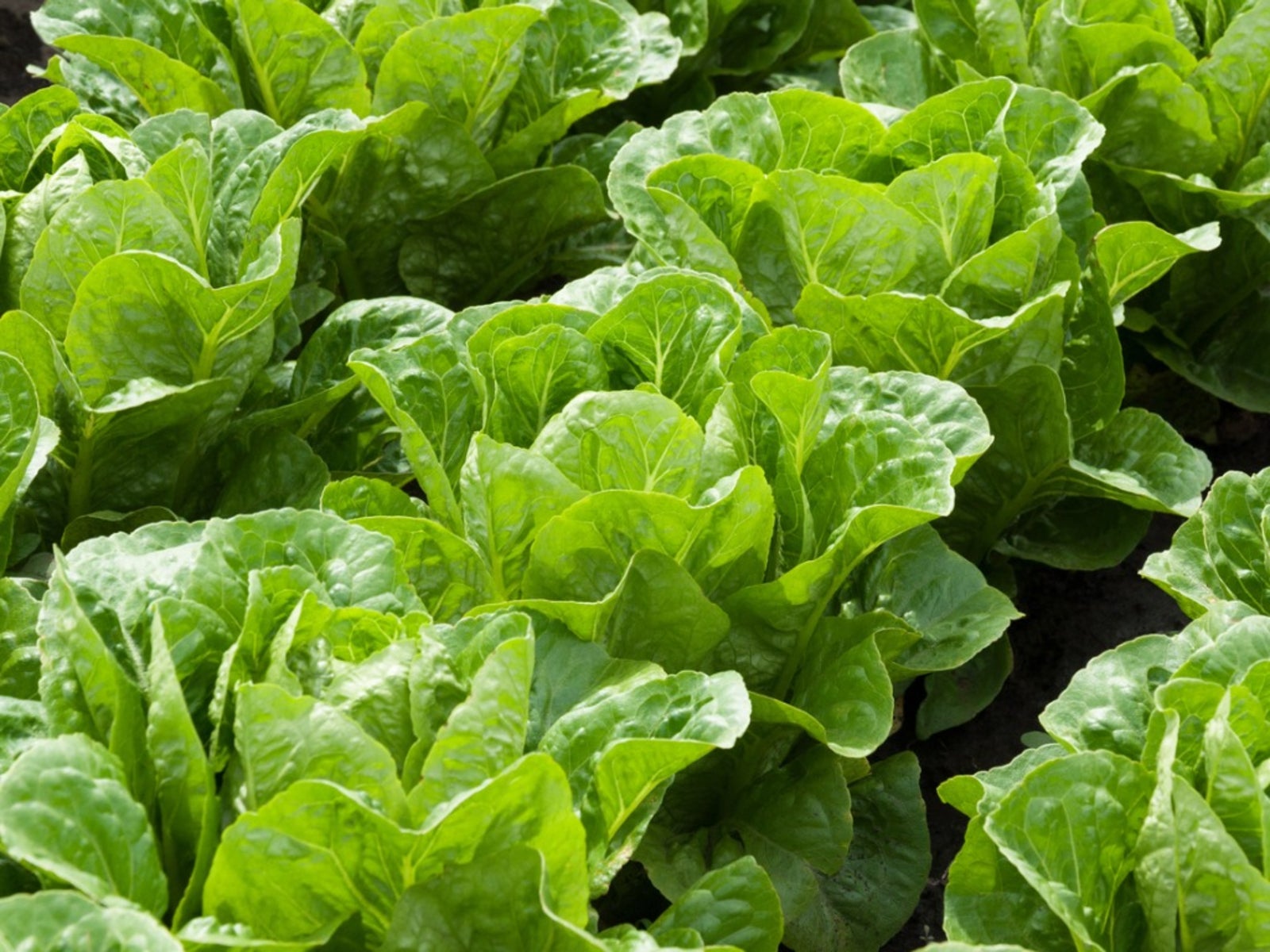
So suddenly your vibrantly green, healthy lettuce has white spots. You thought you did everything to keep the plants healthy so why do your lettuce plants have white spots? Lettuce with white spots might mean a few different things, usually a fungal disease but not always. Keep reading to find out the causes of white spots on lettuce plants.
Why Does my Lettuce have White Spots?
First of all, take a good look at the white spots. Actually, do better than look – see if you can wipe the spots off. Yes? If that is the case, it is likely something in the air that has drifted down onto the leaves. It could be ash if there are forest fires nearby or dust from a nearby quarry. If the white spots on the lettuce cannot be removed, the cause is likely a fungal disease. Some diseases are more benign than others, but even so, fungi spread through spores that are pretty hard to tackle. Since the tender leaf of lettuce is eaten, I don’t recommend spraying lettuce with white spots that are suspected as coming from a fungus.
Fungal Reasons for Lettuce That has White Spots
Downy mildew is my number one culprit simply because it seems to attack all types of vegetation. Pale yellow to very light green spots appear on the mature leaves of the lettuce. As the disease advances, the leaves turn white and moldy and the plant dies. Downy mildew thrives in infected crop residue. The spores are wind borne. Symptoms appear in about 5 to 10 days from infection often following cool, humid weather with rain, heavy fog, or dew. If you suspect downy mildew, the best bet is to remove and destroy the plant. Next time around, plant varieties of lettuce that are resistant to this disease such as Arctic King, Big Boston, Salad Bowl, and Imperial. Also, keep the garden free from plant debris that harbors the fungi. Another possibility is called white rust or Albugo candida. Another fungal disease, white rust may commonly affect not only lettuce but mizuna, Chinese cabbage, radish, and mustard leaves. Initial symptoms are white spots or pustules on the underside of the leaves. As the disease progresses, the leaves brown and wilt. As with downy mildew, remove any infected plants. In the future, plant resistant varieties and use drip irrigation or focus on watering at the base of the plant to keep the leaves of the plants dry since fungal infections generally coincide with moisture that lingers on the leaves of plants.
Sign up for the Gardening Know How newsletter today and receive a free copy of our e-book "How to Grow Delicious Tomatoes".

Amy Grant has been gardening for 30 years and writing for 15. A professional chef and caterer, Amy's area of expertise is culinary gardening.
